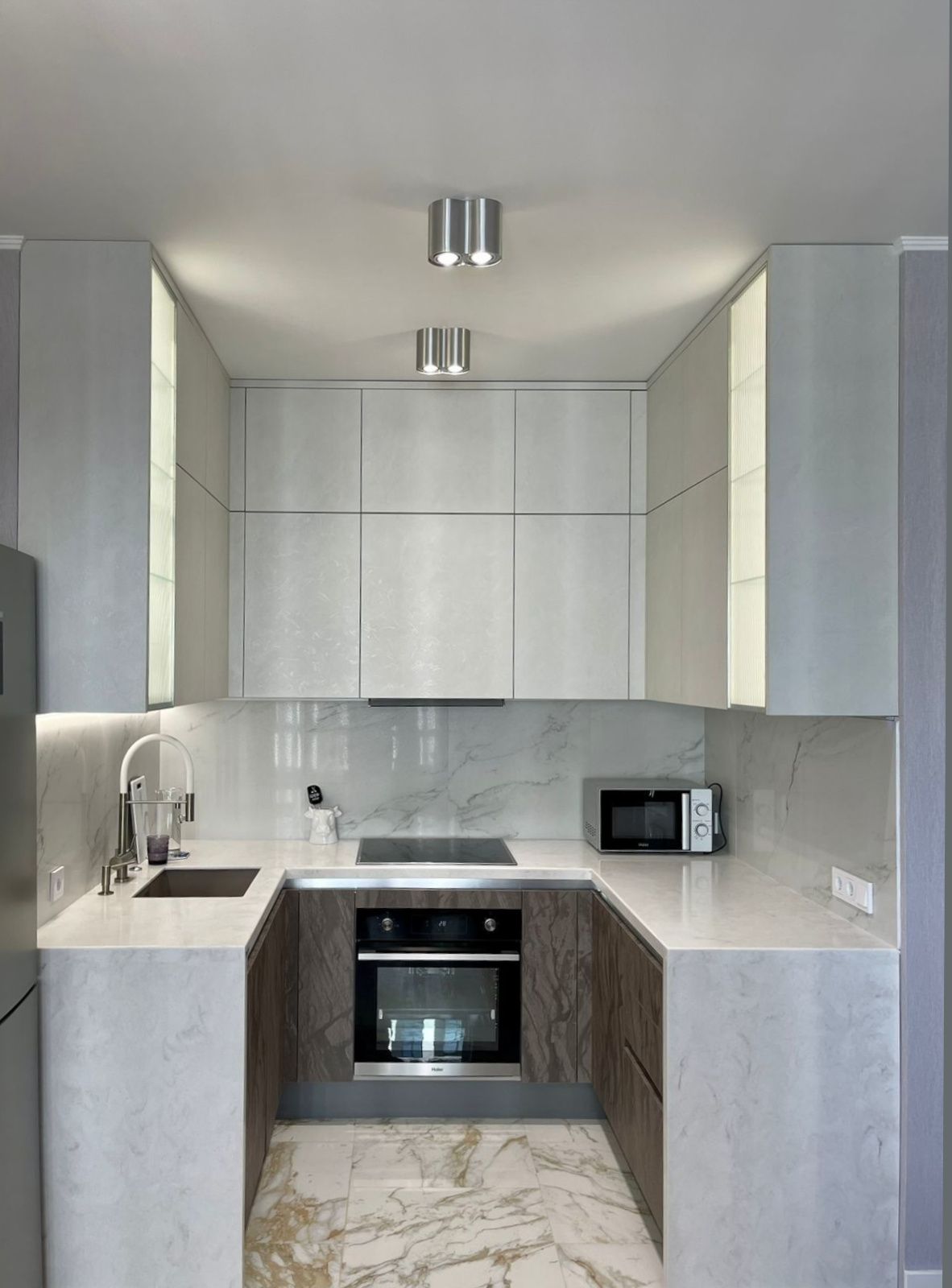
Introducing the Art of Culinary Spaces
When it comes to designing the perfect culinary space, every detail counts. From the placement of appliances to the choice of materials, creating a space that is both functional and aesthetically pleasing requires a thoughtful approach. In this article, we'll explore the key elements that go into crafting culinary spaces that are not just kitchens, but masterpieces of design and utility.
Selecting the Right Layout
A well-thought-out layout is the foundation of any great kitchen. The classic work triangle concept, which arranges the stove, sink, and refrigerator in a triangular pattern, is a tried-and-true approach that enhances efficiency. However, modern designs often incorporate zones for food prep, cooking, cleaning, and entertaining. Consider the flow of movement and the tasks that will be performed to determine the layout that best suits your lifestyle and needs.
Choosing Appliances Wisely
Appliances are the workhorses of the kitchen. They can also make a design statement. Stainless steel remains a popular choice for its sleek look and durability, but panel-ready appliances that blend into cabinetry are increasingly popular for a more integrated look. Smart appliances equipped with the latest technology can add convenience and improved functionality to your culinary space.
Optimizing Storage Solutions
Adequate storage is essential in any kitchen to keep it uncluttered and functional. Custom cabinetry, clever shelving solutions, and innovative organizational systems can dramatically enhance your kitchen's efficiency and ease of use. Elements such as pull-out drawers, spice racks, and pot organizers keep everything within reach while maintaining an orderly space.
Material Selection for Durability and Style
The choice of materials for countertops, flooring, and backsplashes can define the look of a kitchen and its durability. Granite and quartz countertops offer a stunning and resilient cooking surface, while hardwood or porcelain floors provide both elegance and endurance. Glass or ceramic tiles make for easy-to-clean and vibrant backsplashes that can add a splash of personality to your culinary space.
Lighting: Setting the Mood and Improving Functionality
Lighting is a crucial component of kitchen design, serving both aesthetic and practical purposes. Task lighting should be bright and focused, particularly over areas like the stove and countertops where precise work is done. Ambient lighting creates a welcoming atmosphere, and accent lighting can highlight architectural features or decorative elements. LED lighting offers energy efficiency along with a range of colors and brightness levels.
Adding Personal Touches
Finally, personal touches bring warmth and character to a kitchen. Whether it's a unique piece of art, colorful accessories, or family heirlooms displayed on open shelving, these elements make the space truly your own. Even practical items such as a magnetic knife strip, a pot rack, or a herb garden can add both personality and function to your culinary space.
Conclusion: The Symphony of a Perfectly Crafted Culinary Space
A perfectly crafted culinary space is more than just a kitchen; it's a hub of creativity, a place for gathering, and a showcase of personal style. By carefully considering the layout, appliances, storage, materials, lighting, and personal touches, you can create a kitchen that not only meets your culinary needs but also inspires you daily. Remember that the perfect kitchen is one that reflects who you are and how you live, making the preparation of every meal a true pleasure.